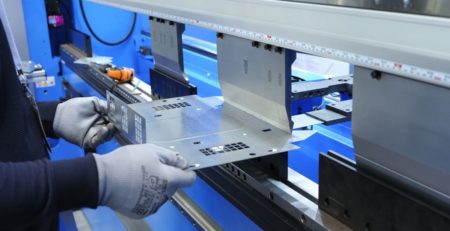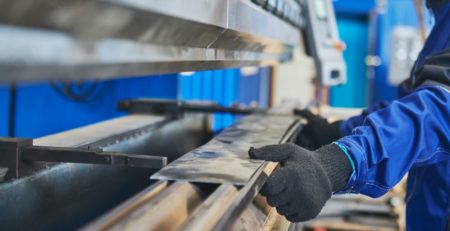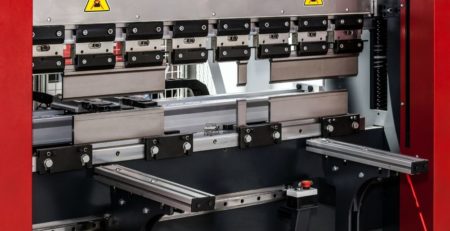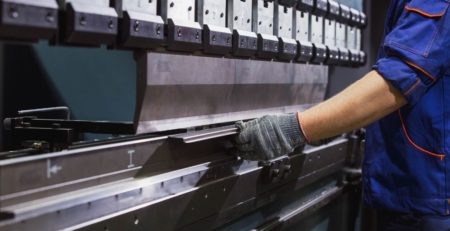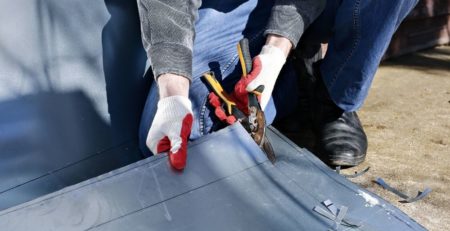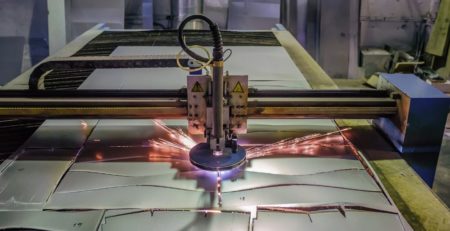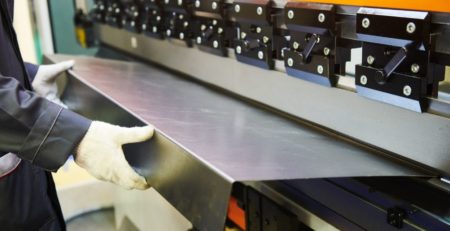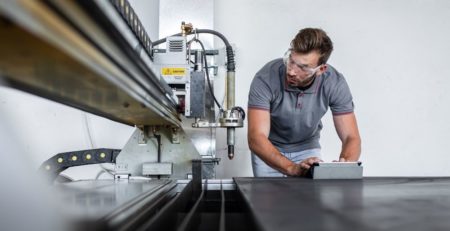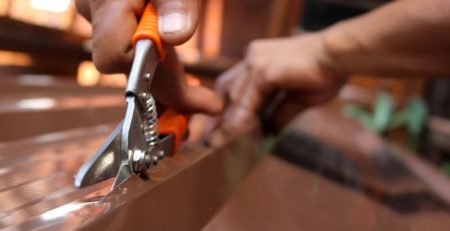What You Should Know About Working With Aluminum
Aluminum, a versatile and widely used metal, offers numerous benefits to metal fabrication shops. However, working with aluminum requires understanding its unique properties and safety precautions. Here’s what you should know about working with aluminum.
Weight vs. Strength
Aluminum stands out for its impressive strength-to-weight ratio. Despite being one-third the weight of steel, it can reach high levels of strength when alloyed with other elements. This lightweight yet robust nature makes aluminum ideal for applications where weight reduction is crucial, such as in the aerospace and automotive industries.
Ductility
Aluminum’s ductility is another significant attribute that metal fabricators should understand. This metal can withstand extensive deformation without breaking, making it highly malleable. It allows for a wide range of forming processes, including bending, rolling, and deep drawing, thus offering flexibility in design and manufacturing. A variety of fabrication machines, such as tandem press brakes for very long sheets and metal shears and cutters, are able to work with aluminum with the proper safety precautions.
Conductivity
Aluminum is an excellent conductor of electricity and heat. This electrical conductivity, combined with its lightweight nature, makes aluminum a preferred choice for power transmission lines. However, aluminum’s low melting point means you must use caution in fabrication to avoid overheating and deforming the metal.
Recyclability
Aluminum is 100 percent recyclable. Recycling aluminum saves most of the energy required to produce the same amount of metal from raw materials. Thus, using and recycling aluminum aligns well with sustainability goals, an important consideration in today’s eco-conscious world.
Safety Precautions
While working with aluminum, fabricators must take certain safety precautions. Aluminum dust is flammable and can be explosive if ignited in a closed environment. Therefore, proper ventilation is essential when cutting or grinding this metal. Additionally, workers should use appropriate personal protective equipment, such as safety glasses, gloves, and respirators to prevent injuries.
Knowing about working with aluminum as well as its properties—weight vs. strength, ductility, conductivity, recyclability, and the necessary safety precautions—is vital for metal fabrication shops. Armed with this knowledge, you can safely and effectively use aluminum for a variety of applications.



